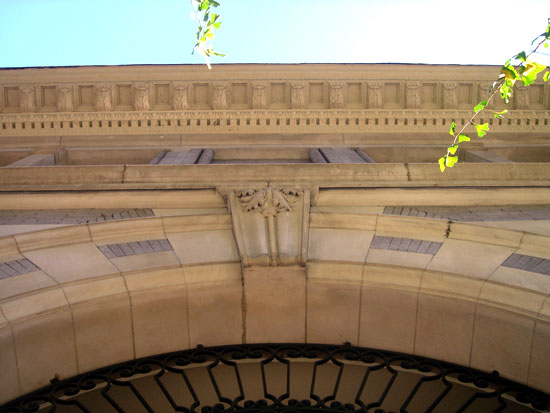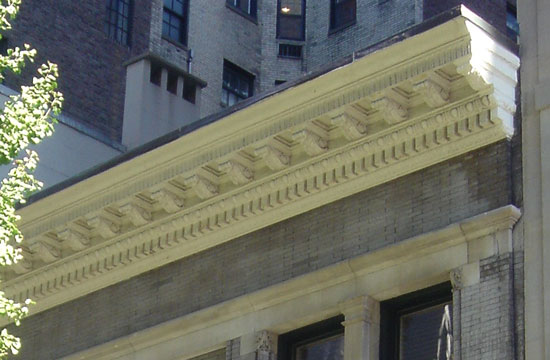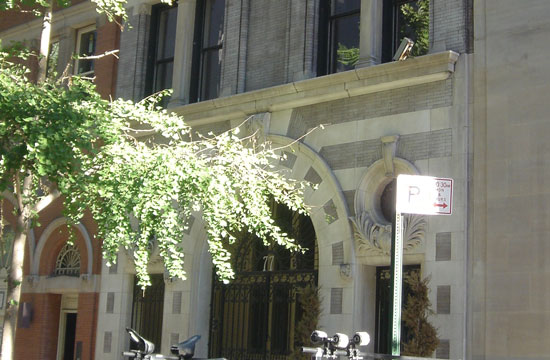
Graciano Corporation has successfully contributed to the success of countless building projects over the past 90 years. One of most ambitious assignments is currently underway at an East 77th Street townhouse in Manhattan. Graciano is performing façade restoration on the front of 100-year old, three-story Italianate structure, while the remainder of the building is being demolished and reconstructed from scratch. Specifically, Graciano craftsmen are cleaning and repairing masonry surfaces, removing and refurbishing ornate wrought iron grillwork and trim, and restoring the structure’s sheet metal cornice. Particular attention is being focused on colors and finishes to meet both the owner’s specifications and local historic preservation standards. The project is scheduled for completion in the fall of 2006.
Project Details
Project Included
Glossary Terms

